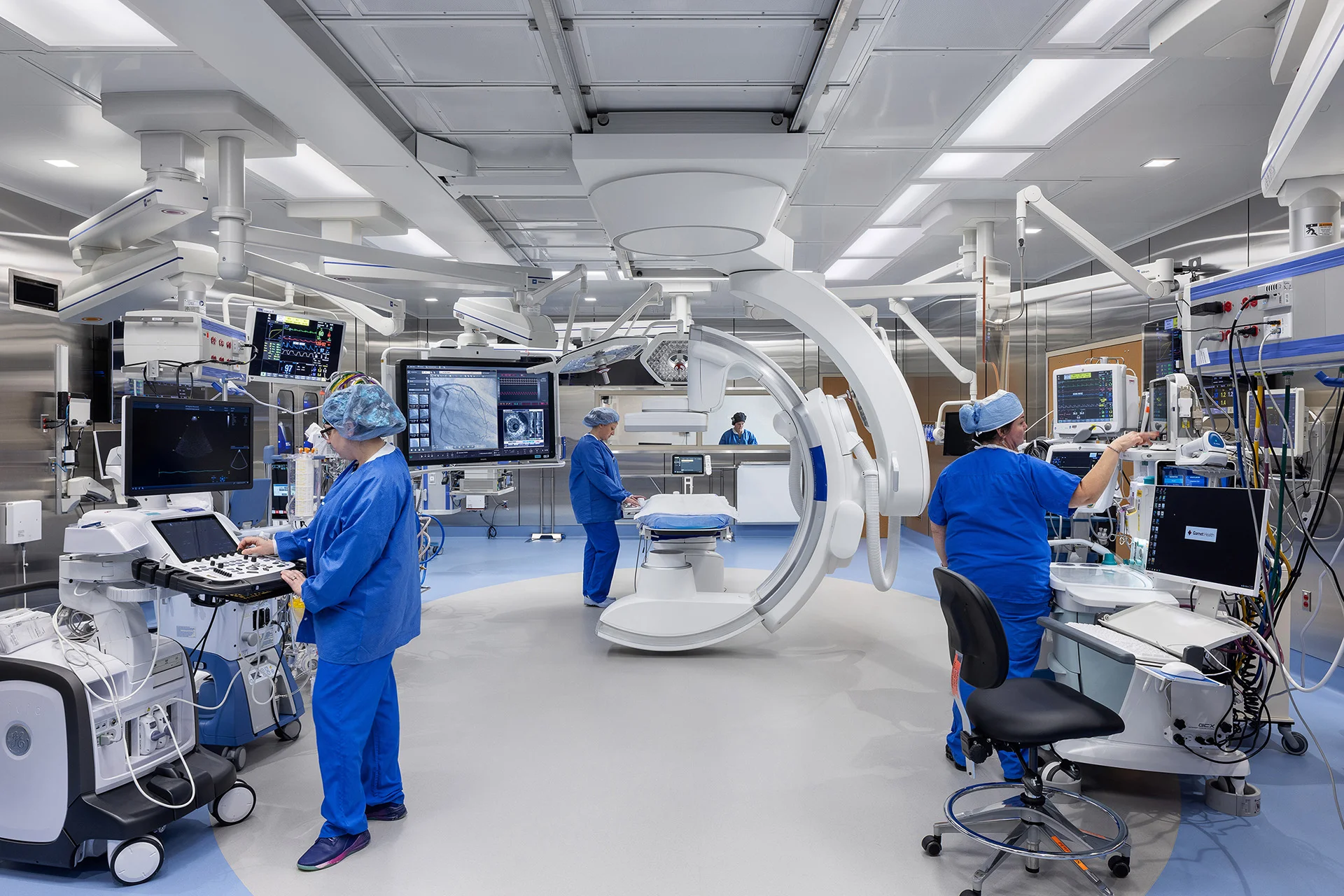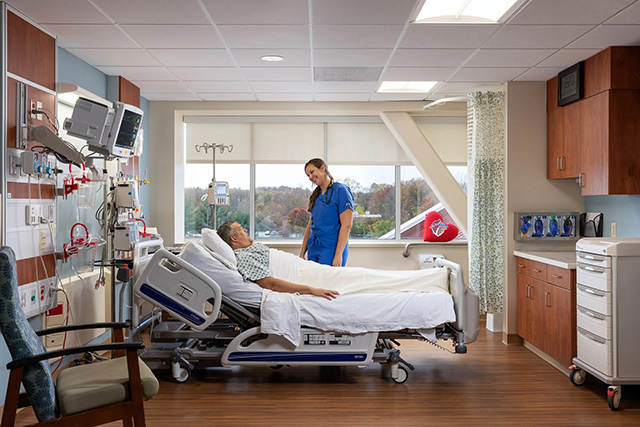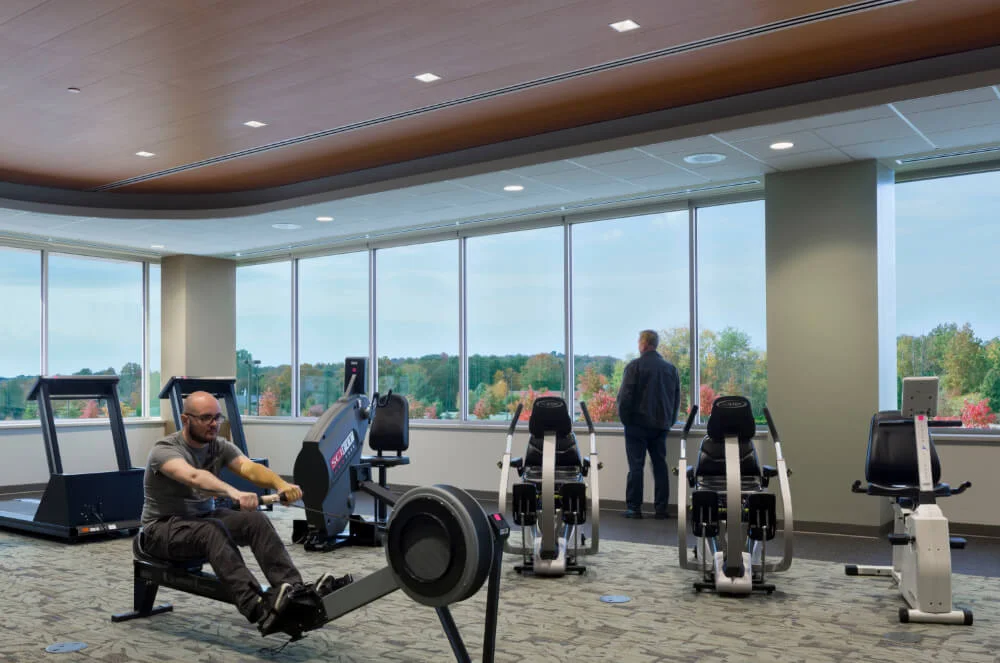Cardiothoracic Surgery
The first heart surgery program in Orange County, New York. Life-saving procedures performed by expert surgeons.
Cardiac Care Just Got Better
Our award-winning Peter Frommer, M.D. Heart Center is proudly bringing some of the best surgeons to our community. Our open-heart surgery program provides complex cardiothoracic surgeries, so that our patient's hearts can heal better near home and with family.
Take the Heart Health Risk Assessment
Learn More
 Garnet Health is your home for comprehensive cardiac care - and the first heart surgery program in Orange County, New York - from diagnosis, to medical and surgical treatment, and to recovery and rehabilitation.
Garnet Health is your home for comprehensive cardiac care - and the first heart surgery program in Orange County, New York - from diagnosis, to medical and surgical treatment, and to recovery and rehabilitation.
Our specialized team, and our new state-of-the-art operating rooms, we give our local community access to advanced cardiothoracic surgery procedures that don't require patients to travel to New York City. This allows local residents to receive the same expert heart surgery procedures as those performed in New York City, while staying close to home.
In October 2023, we cut the ribbon for our new hybrid surgical suite located at Garnet Health Medical Center. This new hybrid OR is state-of-the-art and equipped with the most advanced medical imaging technology including MRI and CT allowing surgeons to perform open and minimally invasive procedures. Its infrastructure includes a control room and is designed for performance, flexibility and reliability. The opening of a second operating room for cardiothoracic procedures offers more life-saving capacity to care for our patients experiencing cardiac related issues.

Find a Cardiologist
If you are concerned about your heart health, you can find a Cardiologist by searching through our database of local providers, or call Garnet Health Doctors - Middletown at 845-333-7575, or Garnet Health Doctors - Harris at 845-333-8909 to make an appointment.
Find a Cardiologist
Cardiothoracic Surgeries Offered
A list of the cardiothoracic surgeries offered by our experienced, cardiothoracic surgery team.
Learn more
Cardiothoracic Intensive Care Unit (CTICU)
Garnet Health’s state-of-the-art Cardiothoracic Intensive Care Unit (CTICU) at the Peter Frommer, M.D. Heart Center is dedicated to caring for patients recovering from cardiothoracic surgery or structural heart procedures.
Learn more
Cardiac Diagnostic Testing
Garnet Health uses the latest technologies and innovative techniques to accurately diagnose a wide variety of heart-related conditions.
Learn More
Cardiac Rehabilitation
Find comprehensive, compassionate cardiac rehabilitation care for heart attack, heart surgery and other heart-related issues at Garnet Health.a
Learn more